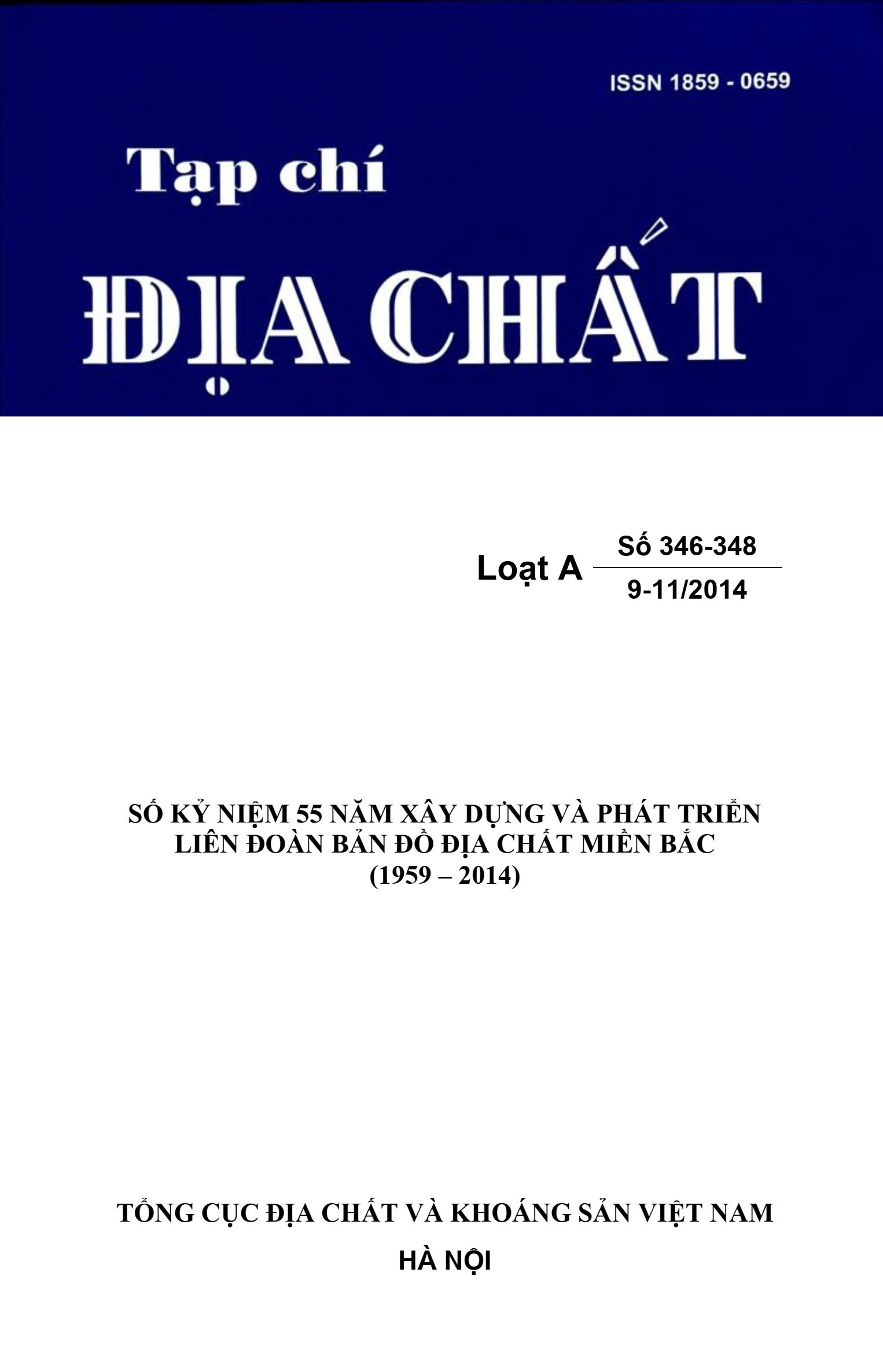Abstract
The core logging data of the LK.CN1 borehole in Cồn Nổi Area, Kim Sơn District, Ninh Bình Province together with high resolution seismic data, topographic maps, remote images, aerial images analysis and regional geological data allowed us to draw the following conclusions:
The Quaternary sediments in the study area consist of the Early Pleistone marine-fluvial sediments (amQ11), Middle-Late Pleistocene marine-fluvial sediments (amQ12-3), Late Pleistocene marine and marine-fluvial sediments (am, mQ13); Early-Middle Holocene marine and marine-fluvial sediments (am, mQ21-2) and the Late Holocene sediments deposited in the coastal estuary environment (amb, amQ23).
During the Quaternary, at least four transgression events have occurred in the Early Pleistocene, Middle-Late Pleistocene, begining of the Late Pleistocene, and end of the Early-Middle Holocene in the study area. Resultedly, four coresponding sedimentary sequences have been formed. Each sequence was started by continental sediments and was ended by fine grained sediment of the estuary and/or marine environments. Regression occurred at the end of each cycle creating nonsedimentation period, which is characterized by mottled fine grained sediments in the upper sedimentary section and by paleochannels observed on seismic profiles.
In near future the Cồn Nổi tends to migrate toward the SW together with the migration of the Đáy Estuary. In 40 - 60 years later, the Đáy Estuary will be situated at ~5.2 km away from the present position to the SW, ~12 km away from Hòn Lẹ to the SE and ~8.5 km away fromm the present Cồn Nổi to the SW. The new sand bar in the future (Similar to Cồn Nổi) will be situated at ~5.2 km away from the present position to the SW.

